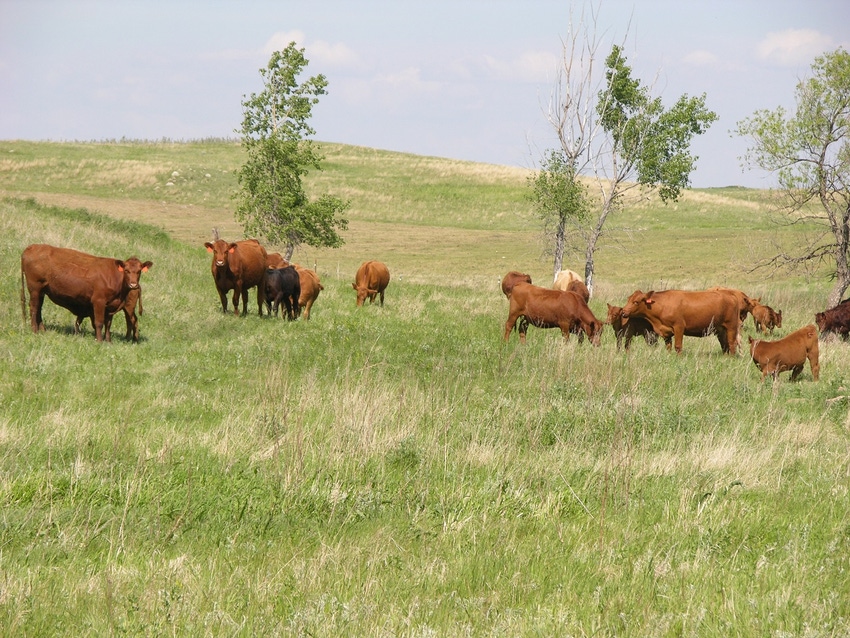
When I was asked to explain what I regularly call the "natural model," it was slow occurring to me what a can of worms I might be opening.
I have been writing and talking about natural modeling for several years but that does not mean that I totally understand nature. Remember we are talking about complex systems that are too involved for anyone to totally understand, especially yours truly.
Therefore I've learned there are principles that can help us navigate the natural world. I will continue with some more principles that have been meaningful to me.
The principles that we do understand are not to be broken because the fact is they will break us if we break them. Our job is to learn, adapt skills and programs that are profitable and fun on a seasonal and annual basis. The result will be that our land, plant and animal base should move to a cycle of regular success and income.
Principle #1 is boom and bust cycling. There are wide swings in nature. Nature provides huge diversity in plants, animals, bugs and environments with inconsistent change. This is normal. Moisture and weather swings are most pronounced in brittle environments, but are far from abnormal most everywhere. The swings can stop our progress or take us out. We need to vote ourselves into the boom and bust club.
In the process of setting up natural boom and bust, our requirements are these:
Manage for high plant diversity and a loaded seed bank.
Manage for animal diversity, both wild and domestic, that includes big ruminants.
Constant movement of livestock.
Complete plant recovery with high-seral plant development on the increase.
Pasture edge development.
Add small amounts of necessities not niceties.
Keep in mind that equilibrium is a myth. Natural model systems are very close to 50% destructive. Equilibrium would be like reducing our body temperature to the ambient of the house. Our bodies were designed to operate at 98.6 degrees. If we maintain body temperature of 70 degrees for any length of time we are dead.
An example is cattle coming into a recovered pasture while encircled by wolves or a hot wire. Cattle densities are high; over 70,000 pounds per acre. Other user groups of the pasture are severely impacted. Shortly after the high-density herd begins working, the predators (birds and mammals) have a lot of new exposed food (voles, moles, field mice, snakes, groundhogs, rabbits and such). Other user groups such as fire, grasshoppers, viruses, bacteria, bugs, and fungus are severely challenged and often crash in number.
With complete recovery of the system these other user groups have again become increasers. Without the hard grazing activity the second user group would be making a hard negative hit on the pasture and our resource. We either use it or lose it.
The keys here are high density, timed duration and seasonal timing of the of the impact.
CRP ground is another example. Let’s say the ground has been rested and cattle free for five years. Here is what has been documented:
Soil has become compacted and bacterial dominated.
Plant growth is aged and non-vibrant.
Root systems are stagnant.
Pioneer forest species and brush are invading.
The major cycles are all decreasing (water, mineral, energy and biological).
Lots of fuel for fire and grasshoppers.
I will get into more natural model principles in my next blog.
About the Author(s)
You May Also Like






